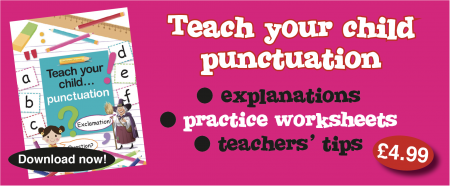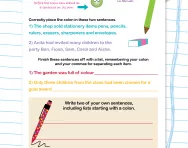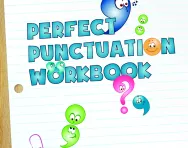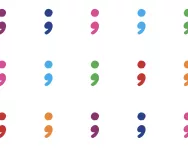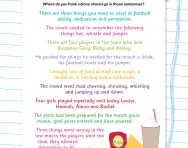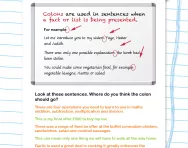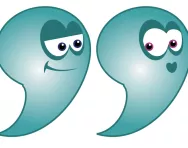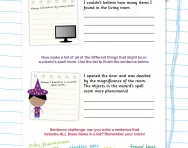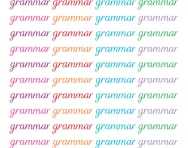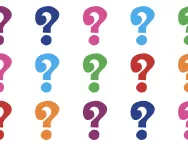Important update from TheSchoolRun
For the past 13 years, TheSchoolRun has been run by a small team of mums working from home, dedicated to providing quality educational resources to primary school parents. Unfortunately, rising supplier costs and falling revenue have made it impossible for us to continue operating, and we’ve had to make the difficult decision to close. The good news: We’ve arranged for another educational provider to take over many of our resources. These will be hosted on a new portal, where the content will be updated and expanded to support your child’s learning.
What this means for subscribers:
- Your subscription is still active, and for now, you can keep using the website as normal — just log in with your usual details to access all our articles and resources*.
- In a few months, all resources will move to the new portal. You’ll continue to have access there until your subscription ends. We’ll send you full details nearer the time.
- As a thank you for your support, we’ll also be sending you 16 primary school eBooks (worth £108.84) to download and keep.
A few changes to be aware of:
- The Learning Journey weekly email has ended, but your child’s plan will still be updated on your dashboard each Monday. Just log in to see the recommended worksheets.
- The 11+ weekly emails have now ended. We sent you all the remaining emails in the series at the end of March — please check your inbox (and spam folder) if you haven’t seen them. You can also follow the full programme here: 11+ Learning Journey.
If you have any questions, please contact us at [email protected]. Thank you for being part of our journey it’s been a privilege to support your family’s learning.
*If you need to reset your password, it will still work as usual. Please check your spam folder if the reset email doesn’t appear in your inbox.
What is a colon?
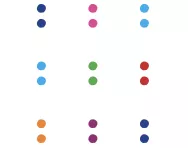
What is a colon?
A colon is a punctuation mark that can be used to introduce a list or to separate two independent but linked clauses (colons are used to stress that both clauses in the sentence are closely linked and the second clause emphasises, adds clarification, or adds further detail to the first clause).
It looks like two dots, one on top of the other:

When colons are used to introduce an item or series of items, the first word written after the colon does not need to be capitalised.

A colon can also be used to separate clauses within a sentence. The clause after the colon is used to
- conclude the clause before it
- explain the clause before it and enhance its meaning.
For example:
In some cases, colons are also used to introduce a quotation or direct speech. For example:

How are colons taught in primary school?
Children are taught to use colons to introduce a list first, then taught to use colons to punctuate clause boundaries.
Children will be introduced to types of writing that use colons for lists, such as recipes. Children will then be asked to identify the correct location to insert a colon, and then be expected to use them for lists in their writing. For example:

Colons used to separate independent clauses are taught in in Key Stage 2.
Once children have consolidated their knowledge of sentence types and clauses, they will be introduced to colons and semi-colons used at clause boundaries. This will usually happen first through worksheets, in which they will have to insert a colon into the correct place within a sentence, before they start to use them in their writing.
When are colons taught in the primary-school classroom?
Children first start using colons to introduce lists in Year 3.
Colons to separate clauses are first introduced in Upper Key Stage 2, usually in Year 5 or Year 6, as they can be tricky to use. It can be difficult to determine when to use a colon and when to use a semi-colon at clause boundaries; semi-colons tend to be used when the clauses are closely linked and continue on from one another, and when you could use a co-ordinating conjunction to link the clauses.
By the time children are assessed in KS2 SATs, children will be expected to be able to insert colons in the correct place within a sentence. This is an example of a colon question they might be asked to answer in the Grammar, Punctuation and Spelling test: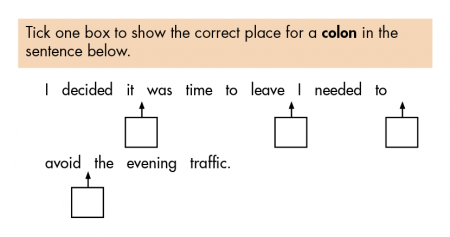
Children who leave primary school working at the expected standard for writing will be expected to make some use of colons accurately in their writing. Children who are exceeding expectations or working at greater depth will need to provide evidence that they can use punctuation such as colons and semi-colons consistently and accurately to enhance the meaning and avoid confusion within a sentence.
